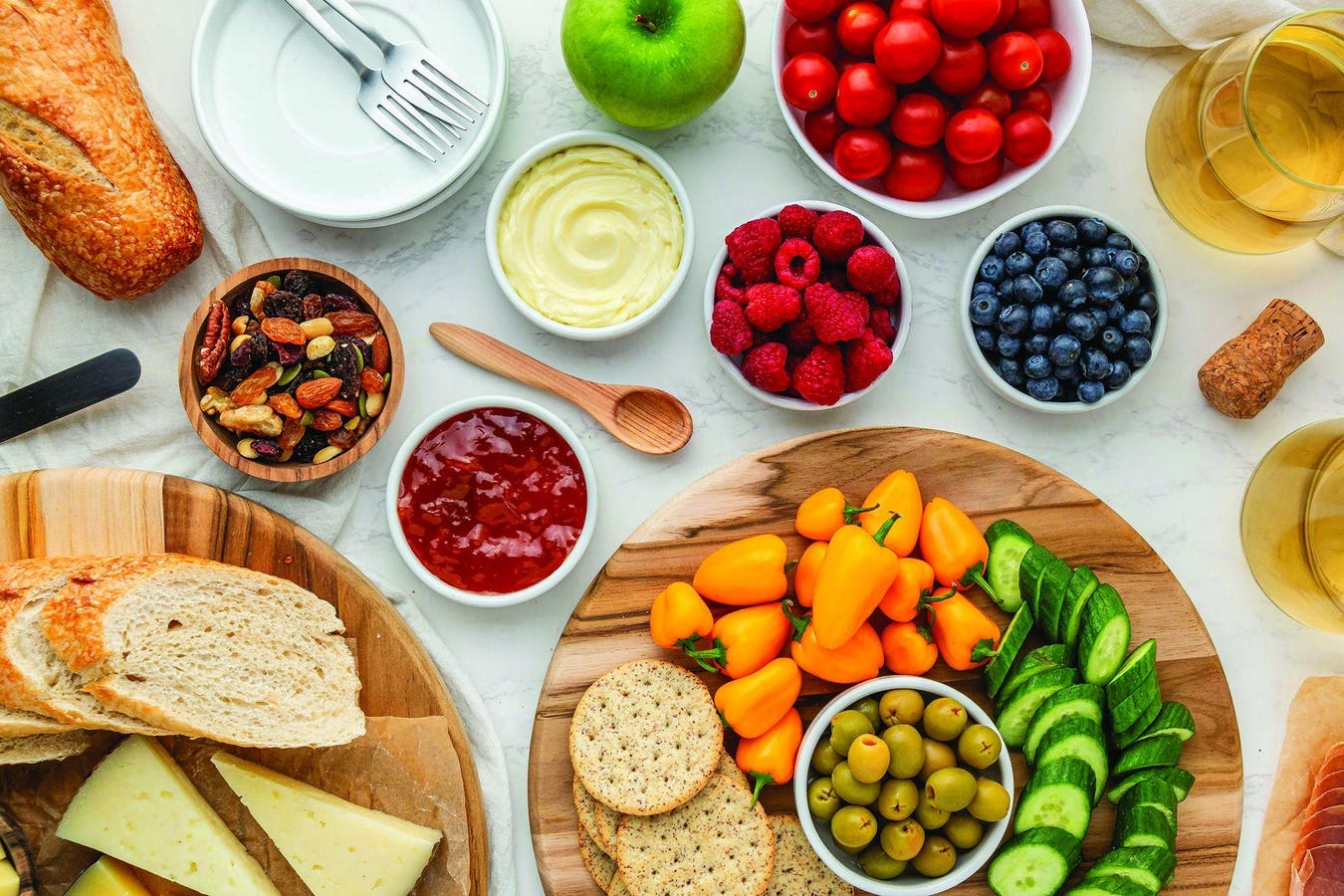“Power of Portions” report finds smaller portions can help tackle obesity and food waste
A new report released last week by Georgetown University’s Portion Balance Coalition spotlights the growing importance of smaller portions to consumers. The study, which was supported by six Coalition members – the American Beverage Association, the American Frozen Food Institute, General Mills
GIS
The report removes any doubt that individual companies and industry groups need to offer more choices with reasonable portion sizes for the growing number of people who want and need them. It’s just good for business as smaller portions bring the potential benefits of higher margins, expanded consumer appeal and no compromise to taste expectations.
Here’s some of the key learnings from the study:
- Eighty-five percent (85%) of the people surveyed said that they considered portion size when preparing food at home.
- About 54% of the population – those who already care about their health or who aspire to be healthier – are clamoring for reduced sizes in food packaging and restaurant portions. The percentage is even higher if they have young children in the household.
- More than half of older Millennials, those aged 33-46, give the greatest consideration to portions in their purchasing decisions, with younger Millennials and Gen Zs close behind. About 60% of all Millennials said they are choosing smaller snack and candy bars.
- The consumer segments with the highest Body Mass Indexes (BMIs) were the least likely to read package labels or consider portion sizes in their purchasing decisions. Instead, they choose their foods based on taste and perceived “value.” These cohorts are the primary target for hunger-suppressing drugs like Ozempic and Wegovy.
- In restaurants, 41% of consumers are splitting entrees, appetizers, and/or desserts to control how much they eat.
- Food waste is a big concern for nearly everybody. While 71% of the respondents said they like the value offered by larger packages of food, two-thirds fretted over food that gets wasted if they buy more than what they need.
The big takeaways from the Power of Portions research are that a large swath of consumers desire smaller packages of food and smaller serving sizes in restaurants; and people who are less concerned about healthy eating can benefit from “stealth health” approaches that reduce portion sizes imperceptibly over time and psychologically re-set their image of a reasonable portion.
Here are some considerations for the food and restaurant industries:
- A big swath of consumers — people who already care about their health — would eagerly adopt smaller portion sizes. These shoppers should be the primary audience that food companies and restaurants cater to by increasing the number of smaller portions offered.
- Consumers are yearning for more information about what proper portions should look like. The public and private sectors need to provide guidance about what “right-size” eating is.
- Restaurants in particular should proactively promote eating smaller portions and consider gradual, imperceptible changes to portion sizes. A team of Dutch researchers found that restaurant patrons gradually learned to eat less when portions shrunk gradually. This can be good for both consumers’ well-being and restaurant margins.
- Several Wall Street firms are predicting Armageddon for indulgent and high calorie food categories sold by packaged foods companies and restaurant chains. The rapid growth of new hunger-suppressing drugs means consumers are eating less. Food companies and restaurants that offer smaller portions will not only help their customers eat less, but will also help them sustain their compliance in taking those drugs and, thus, losing weight.
Many companies are starting to join this effort to downsize portion sizes – individually, as part of industry groups, and through initiatives such as the National Confectioners Association’s “Always a Treat” Initiative, the American Beverage Association’s “Balance Calories Initiative” and Mondelēz International’s “Snacking More Mindfully” goals. Other food companies and restaurant chains need to join in, and frankly there is no excuse for not taking action. It’s good for consumers, the planet and business.
Read the full article here





